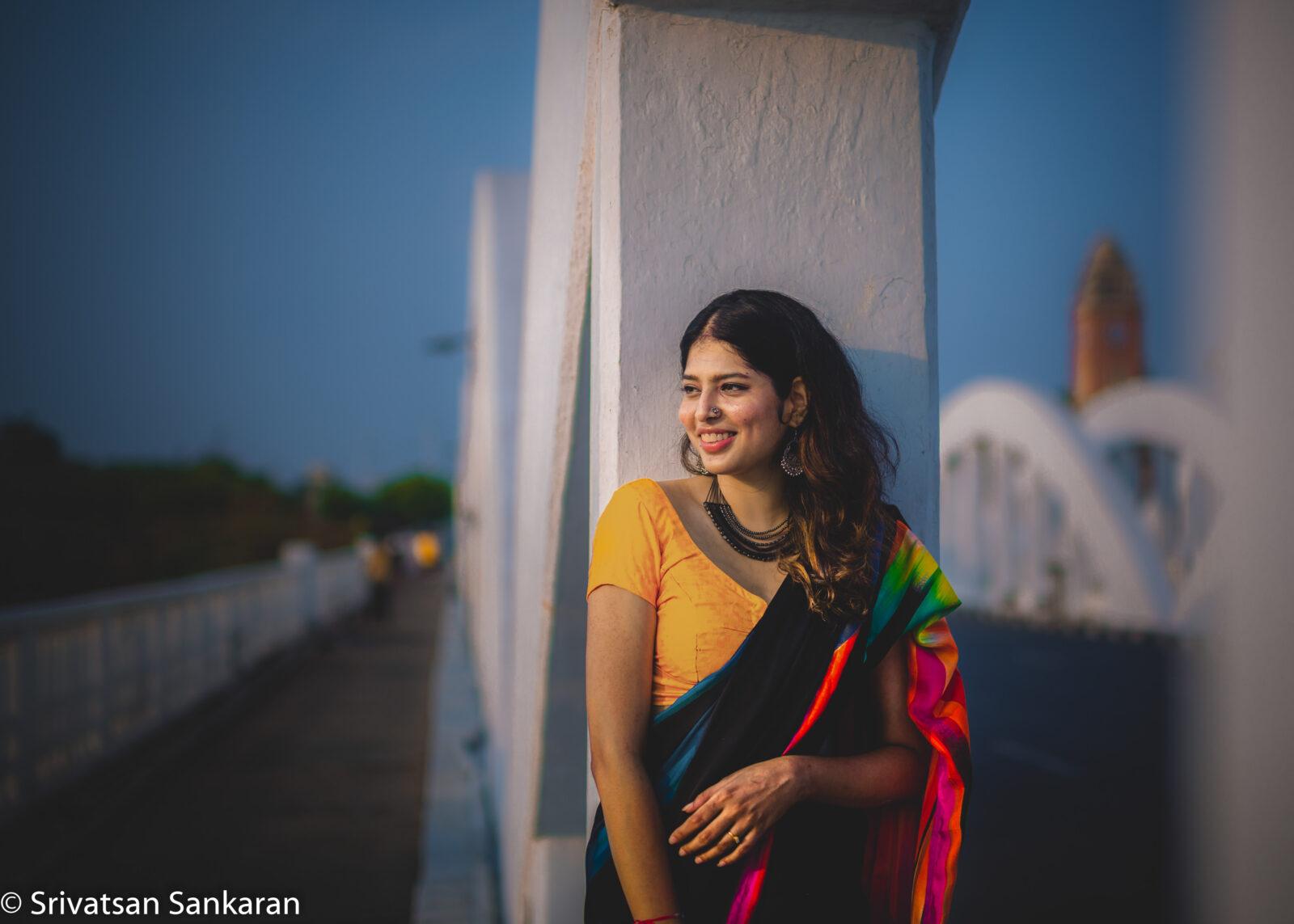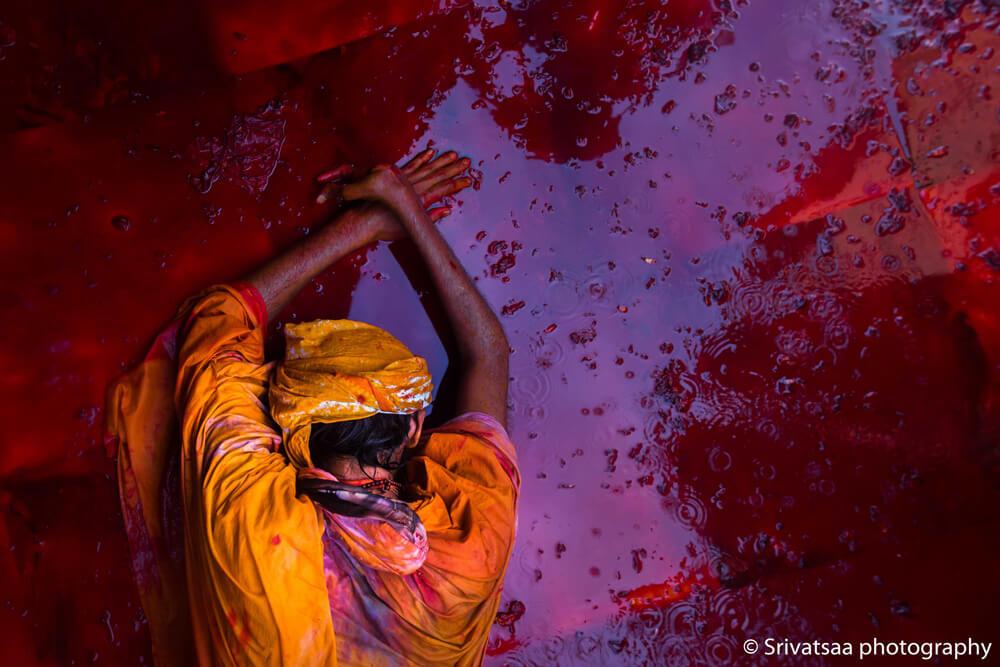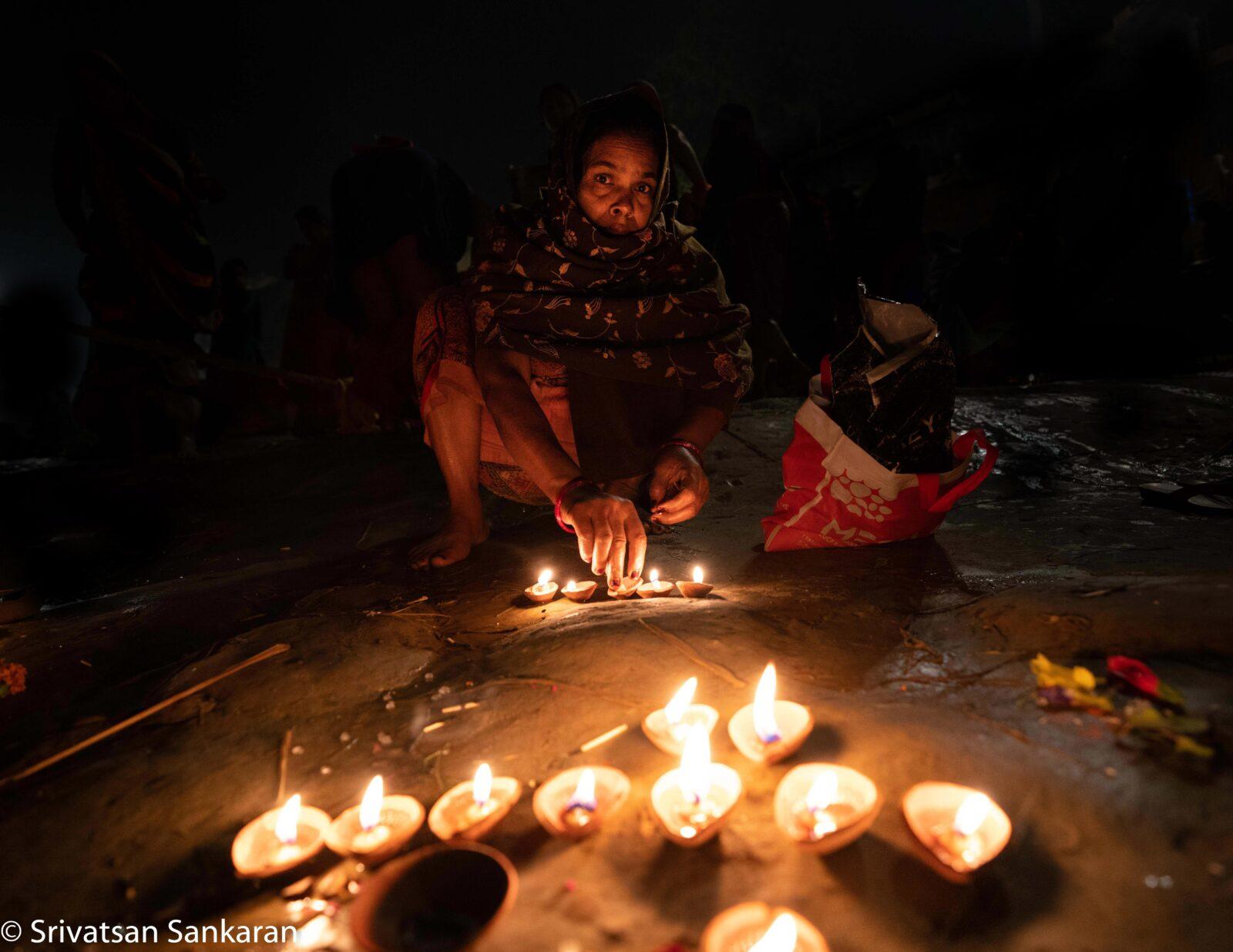LENS REVIEW : SIGMA 50MM F1.4 ART LENS | PORTRAIT PHOTOGRAPHY


Everyone is aware of that third party manufacturer, Sigma didn’t mean always have to generate a low and cheaper, inferior products. Sigma revamped their global vision and began producing lenses that are achieving both critical and commercial success, not to mention putting a huge amount of pressure upon canon & Nikon. 50mm F1.4 DG HSM art lens is the most popular in the art series. It is , in the most ways, very interesting to explore portraits and of course, one of the fastest focus lenses in the art series!
In this review, we’ll take a look at how it performs.
Review Points:
- Build quality is excellent, with better quality plastics with a brushed metal effect finish used for much of the lens barrel and brass used for the bayonet, which adds to the quality impression the lens conveys. However, no claims are made about the weather resistance of the lens. So – 4/5
- A silent HSM focusing motor powers the focusing mechanism, which is very quick to confirm focus and accurate, even at maximum aperture.
- Seems to be Compatible with the Sigma USB dock and optimization pro software to adjust and fine tune focusing parameters.
- As far as sharpness is concerned, this lens puts in an excellent performance, especially in the centre of the frame. At f/1.4, sharpness in the centre is already outstanding, although clarity towards the edges of the frame lags behind somewhat. Sharpness towards the edges of the frame improves as the aperture is stopped down, reaching very good levels by f/2.8 and outstanding levels by f/4.
- Full time manual focus can be applied by simply adjusting the focus ring at any time. Manual focusing is a pleasure as the focus ring is very smooth to operate and quite heavily damped. Closest focusing is 40cm from the sensor plane, which is fairly typical for a lens of this focal length and aperture.
- Shaking the lens produces little noise, the lens-shade sits tight, and the general impression of the metal and plastic build quality is pretty high.
- The Sigma is a pretty large lens, indeed it’s the heaviest and physically longest of all autofocus 50mm F1.4s. Despite this it balances well on larger SLRs, and is perhaps most at home on mid-size bodies.
- The Sigma 50mm F1.4 DG HSM performs exceptionally well on APS-C sensor, surpassing most other lenses in its class and essentially matching the vastly more expensive Zeiss lenses. Sharpness is impressive even at maximum aperture, and just gets better on stopping down.
Focal Length : (5/5)
50 mm lenses frequently find themselves being used in fashion, portraiture, weddings, documentary, lifestyle, sports, architecture, landscape and general studio photography applications. A number of the good applications for this lens include people as subjects. A 50mm lens used on a full frame body is modestly too wide angle for tightly framed head shot portraits, but 50mm is very nice for less-tightly-framed head and shoulders, partial body and full body portrait.
Aperture : (4/5)
Wide apertures mean shallow depth of field and f/1.4 aperture has the ability to remove all background distractions by turning them into a strong blur. Shallow depth of field can make a subject pop from a blurred background.
Image Quality : (4/5)
At f/1.4, the 50 Art is quite sharp in the center of the frame with slowly increasing toward the periphery of the image circle. Still, full frame corners are nicely sharp even at this wide open aperture. Slight improvement is seen at the center of the frame at f/2 and the corners sharpen very nicely at this aperture. Slight additional corner sharpening is seen at f/2.8 where this lens delivers overall extreme sharpness.
Conclusion :
This is an optically superb lens, but there is far more to a great photo than a sharp lens. It has to be light enough to enjoy taking with you.
This Sigma is ideal for people who shoot with tripods. Its performance is unmatched, but it’s more weight than I want to carry.
When shot in the real world, any 50mm lens is going to be extremely sharp, and sharper than than a 24-70mm f/2.8 pro zoom. Before you go spending a lot of money on a super-duper 50mm lens, try any 50mm lens, especially the f/1.8, first.






All images are copy right protected to Srivatsan Sankaran




